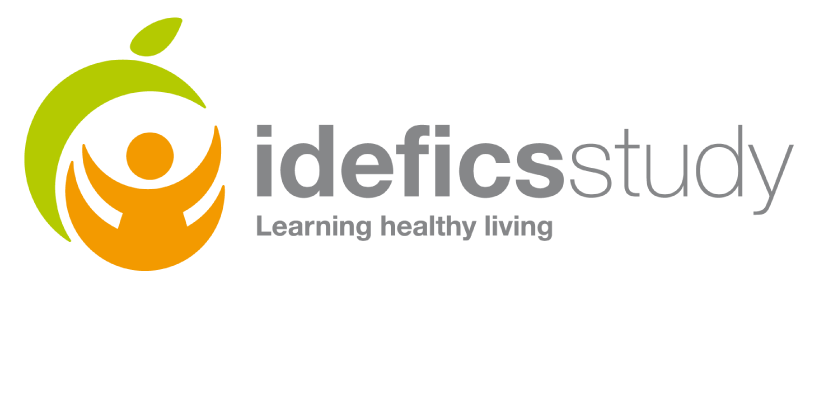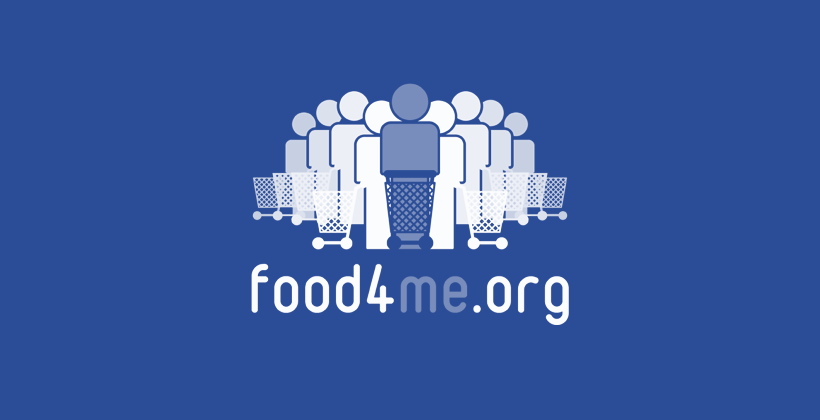Learnings on childhood obesity: Sustaining healthy living after IDEFICS
Last Updated : 04 February 2012After more than 5 years of dedicated research and development, the setting-based, community-oriented childhood obesity intervention project IDEFICS, funded by the EU 6th Framework Programme, is coming to an end. In face of the continuing obesity epidemic in Europe, the progress made must be sustained so that all children can learn healthy living.
What was the IDEFICS project?
The IDEFICS study (Identification and prevention of Dietary- and lifestyle-induced health EFfects In Children and infantS) accomplished a huge cross-sectional baseline survey in over 16,000 children aged 2–9 years from eight European countries. This was followed by a targeted intervention and a follow-up survey of the same children to assess the impact of dietary and lifestyle changes on body weight and other health parameters.1 Intervention activities were centred around 6 key messages (Table 1) that target diet, physical activity, and stress, to promote healthier lifestyles by both children and their parents.2 The ongoing evaluation hopes to show whether the IDEFICS intervention was effective and what the main factors were that contributed to a possible intervention effect, and enable comparisons between countries.
Table 1. IDEFICS key messages2 |
Diet |
Stimulate the daily consumption of water |
Stimulate daily consumption of fruit and vegetables |
Physical Activity |
Reduce TV-viewing |
Stimulate daily physical activity |
Stress, Coping and Relaxation |
Spend more time together |
Ensure adequate sleep duration |
Lessons learned
Already the study has unveiled some significant findings such as in Europe about 1 in 5 children are affected by obesity or overweight, with a higher prevalence in Southern countries. These children exhibited multiple signs of risk for developing heart disease in later life, thus highlighting the need for prevention of obesity in children to start early.3
In the IDEFICS cohort, childhood overweight and obesity were linked to:
- not getting enough sleep (less than 11 hours per night4);
- not exercising enough (less than the recommended 60 minutes moderate to vigorous physical activity per day);
- too much media (e.g. television) viewing (more than 14 hours per week) and general sedentary time;
- certain family structures (low income, low education, single-parent, or parents are migrant or living with obesity or overweight themselves).3
Children living with obesity or overweight, particularly girls, had higher taste preferences for foods with added fat or sugar.5 Independent of taste preferences, children who watched more TV had higher-fat and higher-sugar diets.
Physical activity levels were found to be impacted by how easy children are able to move around their surroundings. IDEFICS is developing a ‘moveability index’ to inform urban planning for healthy environments for children.6 Some of the latest findings to be published demonstrate the bone-health benefits of exercise. Children who ran faster, jumped further, and were more active every day, had stronger bones.7
Researching a healthier future
Specifically for this project, IDEFICS researchers have developed standardised data collecting methods for identifying dietary, lifestyle, psychosocial, biochemical and genetic factors for overweight, obesity, metabolic syndrome and impaired bone health in children. Such validated standards are of great value for future research and monitoring as they should allow data comparability across different contexts.
The initial results show potential to ameliorate the current rising trend of obesity and poor health in children. The foundations of IDEFICS offer the unique opportunity to policy makers to explore prevention of obesity and ill-health in Europe. The researchers are striving to continue the compilation and analysis of data in order to untangle key lessons to be learnt. This evidence-base will form the basis of a set of IDEFICS guidelines and recommendations on dietary, behavioural and lifestyle activities for health promotion and disease prevention in children.2
Sustaining healthy living
Healthy lifestyle changes must be supported by healthy environments. Hence, all stakeholders – scientists, health professionals, policy makers, stakeholders and consumers – need to work together to make interventions such as the IDEFICS project work. In recognition of the achievements of IDEFICS in participating municipalities, a mayors’ platform of the intervention communities was established. At an intervention sustainability meeting held in Gothenburg in May 2011, the network of policymakers and other stakeholders signed the IDEFICS Charter, an agreement to sustained commitment and action.8 A toolbox presents the adaptable modules and communication strategies used in IDEFICS, to help further cities to successfully implement the intervention.
Further information
www.ideficsstudy.eu
IDEFICS is grateful for extensive financial support received through the European Commission’s 6th Framework Programme, contract n° 016181–2.
References
- Ahrens W et al. on behalf of the IDEFICS Consortium (2011). The IDEFICS cohort: design, characteristics and participation in the baseline survey. Int J Obes 35(Suppl.1):S3–S15.
- De Henauw S et al. on behalf of the IDEFICS Consortium (2011). The IDEFICS community-oriented intervention programme: a new model for childhood obesity prevention in Europe? Int J Obes 35(Suppl.1):S16–S23.
- Food Today EU projects Supplement N°1 (2011). How to prevent childhood obesity – news from the IDEFICS study. Available at: https://www.eufic.org/en/collaboration/article/how-to-prevent-childhood-obesity-news-from-the-idefics-study
- Hense S et al. (2011). Sleep duration and overweight in European children: is the association modified by geographic region? Sleep 34(7):885–890.
- Lanfer A et al. (2012). Taste preferences in association with dietary habits and weight status in European children: results from the IDEFICS study. Int J Obes 36:27–34.
- Buck C et al. (2011). Development and application of a moveability index to quantify possibilities for physical activity in the built environment of children. Health Place 17(6):1191–1201.
- IDEFICS (2011). IDEFICS Publications.
- IDEFICS (2011). Dissemination platform: Intervention sustainability meeting in Partille and Gothenburg 2011. Available at: http://www.ideficsstudy.eu/Idefics/webcontent?cmd=innerDoc&path=3572&start=true






